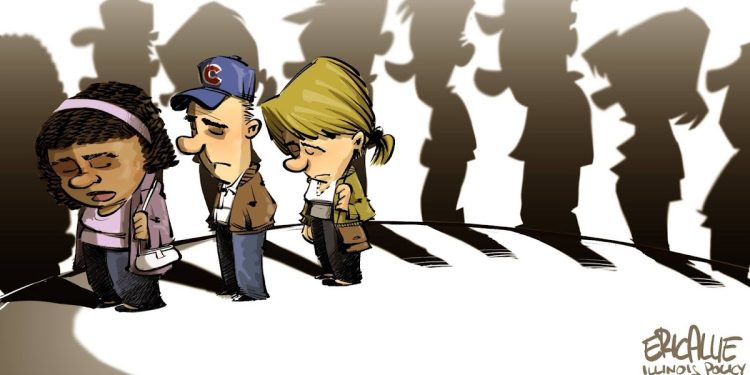By Hassan Osman Kargbo
Sierra Leone, a country on the West Coast of Africa, has faced significant economic challenges in the past two decades, particularly following an eleven-year civil war that ended in 2002. Although the nation has made strides in rebuilding its economy, the unemployment rate remains a pressing issue, affecting many citizens, particularly the youth. As of 2023, Sierra Leone’s unemployment rate is estimated to be around 4.6%, according to the World Bank; however, the true figure may be much higher when accounting for underemployment and informal employment.
One of the most striking aspects of unemployment in Sierra Leone is its youthful demographic. Approximately 60% of the population is under the age of 25, leading to a high youth joblessness rate. This situation poses a myriad of socioeconomic challenges, as a lack of employment opportunities can lead to disillusionment and contribute to social unrest. The National Youth Policy aims to address these concerns by promoting skills development, entrepreneurship, and job creation; yet, the impact has been limited by various systemic barriers.
Sierra Leone’s economy is predominantly agrarian, with around 60% of the population engaged in agriculture. However, the sector remains largely subsistence-based, limiting job opportunities and income generation. There is a significant disconnect between educational achievements and market needs, as graduates often find themselves ill-equipped with the skills that are in demand. The quality of education in the country has faced numerous setbacks, including inadequate infrastructure, poor teaching resources, and a lack of vocational training programs that are critical for job readiness.
In addition to the challenges faced by the youth, rural areas of Sierra Leone experience higher unemployment rates compared to urban centers. Many rural inhabitants depend on seasonal agricultural work, which leads to inconsistent income and greater job insecurity. During the rainy season, agricultural activities slow down, exacerbating the unemployment situation for rural workers. Urban areas, particularly cities like Freetown, demonstrate a more concentrated job market, but they too face high levels of informal employment, where individuals work without formal contracts or protections.
Efforts to reduce unemployment in Sierra Leone have been met with varying degrees of success. The government, alongside international organizations, has initiated programs aimed at fostering entrepreneurship and facilitating access to credit for small businesses. These initiatives are critical for job creation in a nation where the private sector remains underdeveloped. Organizations such as the United Nations Development Programme (UNDP) provide technical assistance, but grassroots efforts are essential to effect sustainable change.
Moreover, increasing investment in infrastructure, particularly in transportation and energy, is vital for creating a conducive environment for business growth and job creation. Improved infrastructure will not only attract foreign and local investment but also enhance the operational capacity of existing businesses.
Despite the daunting challenges, there remains a sense of optimism in addressing unemployment in Sierra Leone. By prioritizing education reforms, enhancing vocational training, and fostering entrepreneurship, the country can harness its youthful population’s potential. Investing in human capital is paramount to breaking the cycle of unemployment and underemployment, thus paving the way for sustained economic growth and stability.
In conclusion, while Sierra Leone’s unemployment rate continues to pose significant challenges, a concerted effort from the government, private sector, and civil society can create pathways to employment. With the right policies and investments, the nation can transform its economic landscape and provide opportunities for its citizens to thrive.













